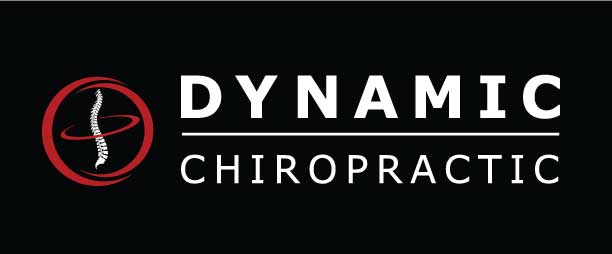We are often asked what we think about Yoga and Pilates. Our answer is, "We don't!"

We have nothing against Yoga, Pilates, or any other form of stretching/exercise. Our concern is with your underlying structure and anything you do that either hurts, or preferably assists - our efforts.
When we tell patients to avoid certain movements, and it just so happens that the movements to which we refer, are a part of their yoga routine; the response from some of our patients goes something like this: "I thought yoga was supposed to be good for you?"
Two common misconceptions are (1) something that is supposed to be "good for you" is necessarily good for everyone, and (2) everything about something that is supposed to be "good for you" is always good. To our knowledge, yoga instructors and Pilates instructors, do not perform a complete Neuro-Spinal Corrective Chiropractic Examination prior to having you begin your routine. In other words, the instructors don't have a clue what's going inside your body.
There are many forms of yoga, and to our knowledge at least a few forms of Pilates. We don't make it our business to know every variation. We don't make it our business to know every variation of every form of exercise and/or stretch. That would be impossible. Likewise, we will never sit down with you and go over an entire list of what equipment you should use or avoid at you health club. To try to know the exercise equipment inventory of every club in the area, would simply be impossible.
Our primary concern with respect to non-structural exercises and stretching, is to have you understand the general positions and movements that will inhibit your progress and/or make your condition worse. Our goal is to show you what not to do - whether it's in the gym or on the yoga mat.
If you understand what not to do, the - no matter where you are (gym, yoga, Pilates, work, home, out on the tow), you'll know how to prevent further injury, while at the same time, help you get better.
At Dynamic Chiropractic, one of the components of your Neuro-Spinal Correction Care Plan is Corrective Exercises. These specific exercises are designed to complement our efforts in improving the structural integrity of your spine. Because these exercises target the ligaments (not the muscles), they differ from strengthening movements typically administered by physical therapists and personal trainers. These exercises are not optional. In fact, they are an integral part of your improvement in our office, and they account for one third of your corrective care treatment.




 Tip 1:
Tip 1: